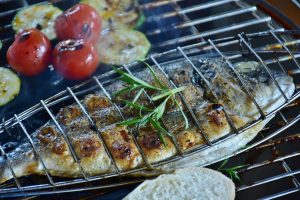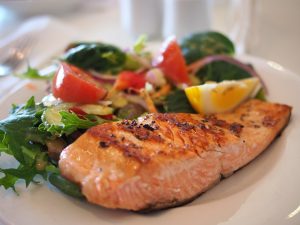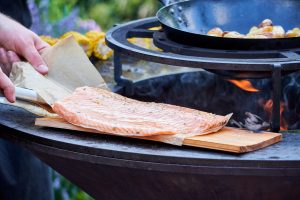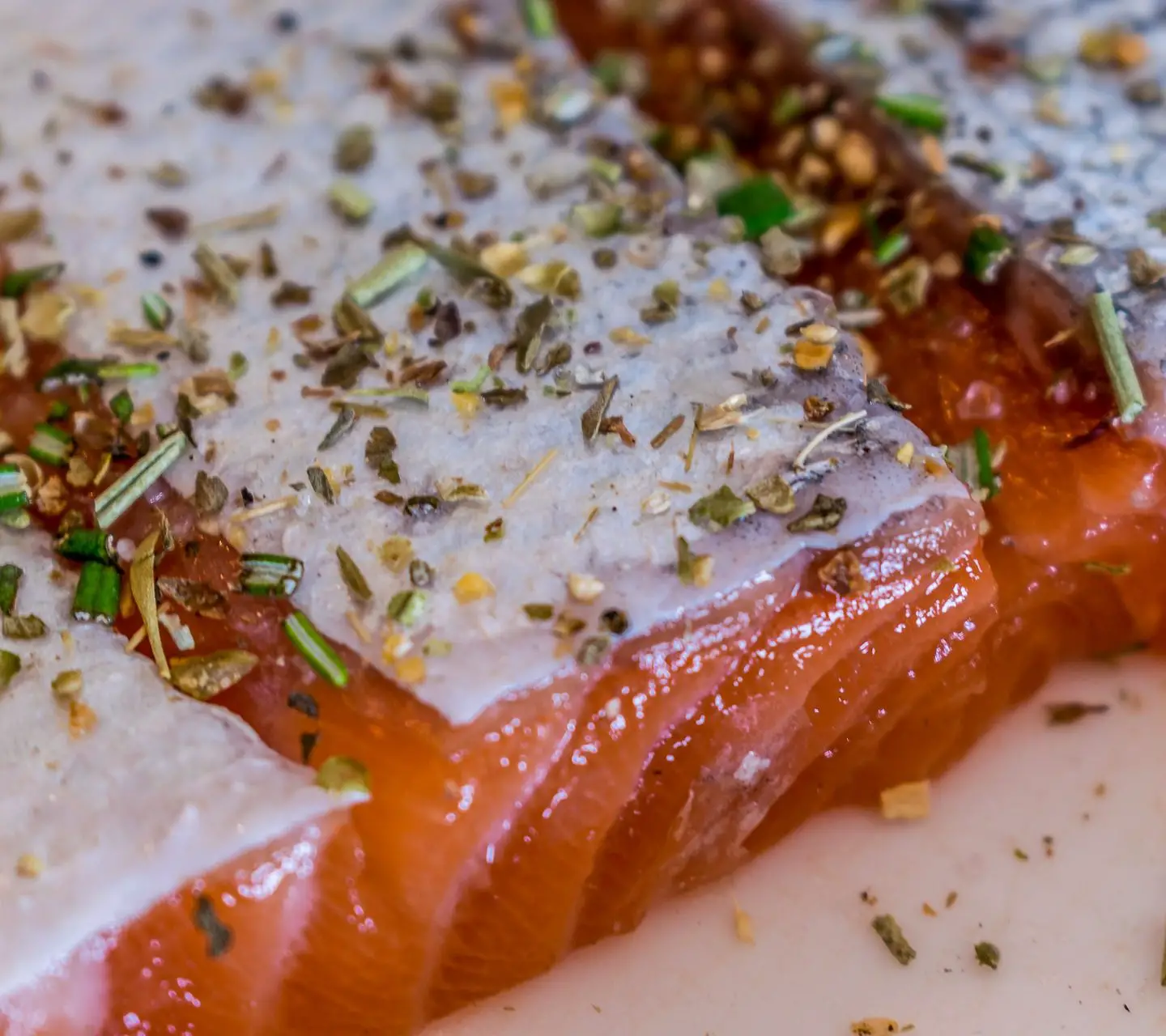Fish is easy to cook and the way of cooking fish gives many possibilities in terms of appearance, texture, and taste! Here you will find tips for perfect cooking of fish
Cooking fish is not difficult, but it requires thought, knowledge and good fish raw material. The secret is short cooking time and here we want to show how simple and easy it is to cook fish.
How to cook fish in the best way

In order not to fail, it is important to check that the cooking does not last longer than necessary. Different fish species are different sensitive. Skinny fish are more fragile than obese. Cod, for example, quickly becomes dry and tasteless at a too high cooking temperature, while herring can still be juicy, even if the cooking is not exactly matched.
It is the fish’s internal temperature (core temperature) that you must measure to know if it is ready. Fish are different and have different internal temperatures. It is the fish’s protein, character and build-up together with the temperature that determines whether the result will be a culinary fish experience.
What happens when you cook fish is that the proteins in the fish solidify at 40−60ºC and the fish becomes slightly dry if cooked to high core temperatures. Even at low internal temperatures, the fish’s proteins release fluid and the more the temperature rises the more liquid releases the fish meat which then becomes increasingly drier and dull. The most common mistake made when cooking fish is to have it cooked for too long just to ensure it is not raw, which destroys the fine fish raw material. It is best to thaw the fish if the cooking is broken at an inside temperature of 52 ° C and max. 55 ° C.

Fish is a delicate raw material and that is why you should not overcook it. Either hot and fast or at lower temperatures and slow. A high temperature gives a high after-heat in the fish while a low temperature causes the heat to decrease rapidly and the inside temperature of the fish becomes easier to control. Cooking fish requires attention and the secret is the right inside temperature.
Tips for perfect cooking of fish
Slow cooking at 75-90 ° C gives fish gentle cooking that prevents it from getting dry and hard before the heat has penetrated to the middle. It gives smoother and juicier results. The outer edges and the center get almost the same texture. When interrupting cooking, the inside temperature does not continue to rise more than a few degrees.
Fish should never boil – only boiled gently at 75-90 ° C. The fish should always be kept just below the boiling point in order to look and the fine taste should be preserved in the best way. The easiest way is to simmer the fish in its own juice or use as little liquid as possible and take advantage of the fishing spade.

Fast cooking at 175-225 ° C gives a smoother result where the outer edges become firmer than the core. Best suited for fully cooking fish or when a firmer surface is desired. At high cooking temperatures, the heat continues to creep into the fish meat after the fish has been removed from the oven.
Breaded and fried fish are fried unpeeled, but be careful of the temperature. Too much heat burns the bread and leaves the fish raw inside. Too low heat does not give the right color and the breading falls off easily. Turn the fish only when it has a beautiful golden brown color. A rational way is to fry the fish in the oven instead of the roasting table.
Rimming fish is a great way to get firmer meat that holds together better and gives more flavor. Most fish species can be rimmed and the result is a fish that “slices” and gets a firm consistency. For 1 kg of fish 1 liter of water and 0.5 dl of salt is needed. Use cold water and stir well until all the salt is dissolved in the water. Place the fish in the brine and set in the fridge for about 30-60 minutes. Frozen fish fillets can thaw in the brine.
